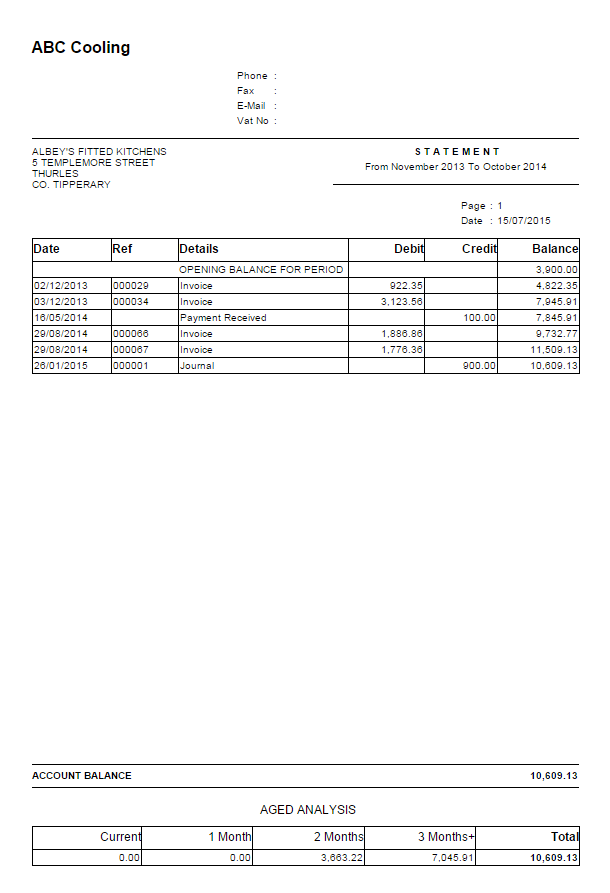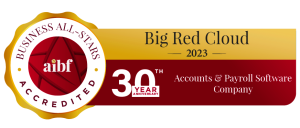We’ve mentioned this many times before, but cash flow is critical for the health of your business. So how can we ensure we look after our cash flow and our business success?
Debtor’s statements are one thing we can use to improve our cash flow. These statements are the documents we use to help control our customers’ accounts. They are incredibly important to our cash flow and for keeping our accounts up to date. That’s because they provide an overview of all outstanding payments owed to our business by customers or clients, helping us to prepare accurate cash flow forecasts.
What is a debtor statement?
Most businesses prepare a debtor statement once a month so that their customers and clients are fully up to date on any and all outstanding payments. Although the format can vary, a debtor statement will:
- Give you a general overview of any outstanding payments owed by each customer
- Contain a complete list of all outstanding invoices
- Show you a running total of any payments that have been made
- List the total amount that requires payment within a specified timeframe.
In general, a business will use a debtor statement as the primary customer-facing document that provides a snapshot of customer accounts. It’s an incredibly useful document because it not only provides that overview but also helps with credit control. When cash flow is so important to manage, understanding who owes what and how much they owe is information you can’t afford to be without. That’s why debtors’ statements are considered a business requirement in so many countries around the world.
Below is a standard debtor statement generated using our own Big Red Cloud accounting software. As you can see, all transactions that have been recorded in our accounts for the relevant period are displayed. The balance column on the right shows how much this particular customer owes us as a consequence of these transactions. We have a historical record of the invoices we have sent to our customers as well as any payments they have made to us.
Remember, when you are reading a debtor statement produced for your customers, the amount in the debit column is the value of each sale that you have made to them. The amount in the credit column is the money they have paid to you as recorded in your accounts. This is important accounting basics — like understanding the difference between purchases for resale and expenses. The more you understand about your income and your outgoings, the easier it is to make plans to grow.
The importance of a debtor statement
What does a debtor statement mean for your customers? It should be clear that the information they provide is incredibly useful for you, but it can be extremely high-value for your customers too. They will have a clearer understanding of what they owe and how much credit they may still have available.
You can probably already see how important that information is. Using a debtor statement means we know how much money we can expect to come into our business from each customer or client. And your customers can see how much or how little they can spend this month. This is critical data as these figures can impact the business relationships we have with our clients.
Even more importantly, a debtor statement can help us produce a cash flow forecast and give us a better idea of the amount of money the business can realistically spend in the near future without jeopardising its financial wellbeing. When payments and transactions are recorded in your nominal ledger, your debtor statement use is going to pay off.
Start using a debtor-statement system today
Sending a debtor statement to our customers at regular intervals is a good way to gently remind them that they owe us money. You probably already know that you’re more likely to get paid by your customers or clients when you take the time to remind them.
A debtor statement is a valuable document. By using them regularly, we are actively managing our cash flow as well as the business relationships we have with our clients. If you haven’t used these statements in the past, here at Big Red Cloud, we encourage you to do so. Your accounting software package will automatically generate them, and you can email them directly to your customer. Simple.
Get in touch with the Big Red Cloud team to find out more about better managing your cash flow, including creating your own debtor statements. After all, your business may not be using its best asset. Contact us today and find out just how much we can turn your finances into the resource you never knew you had.






